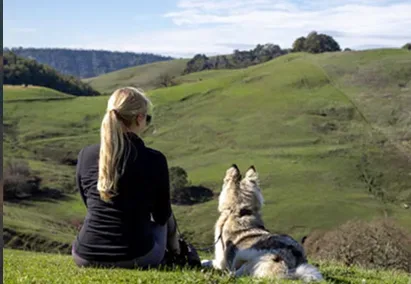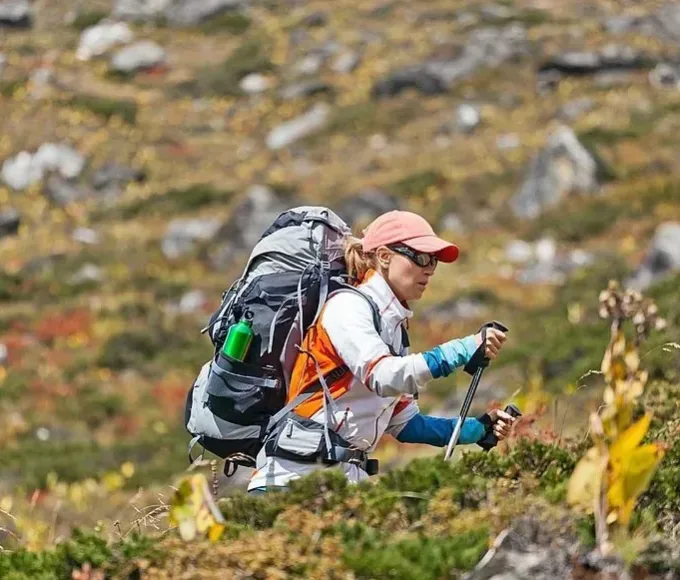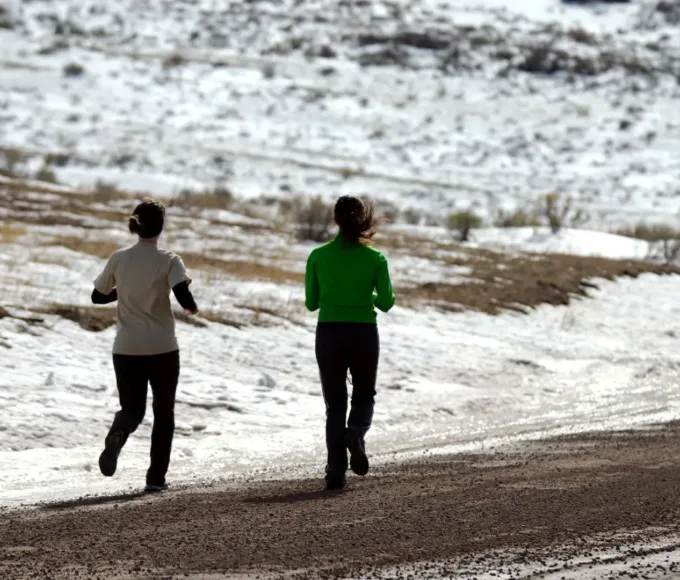Sunbathing at the beach or in the mountains

Certainly, the sun is always the same, but our skin reacts differently, if we are on the sea shore or at high altitude. This is due to the quantity of solar radiation that hits us. A large part of the radiation is in fact blocked by the terrestrial atmosphere: more this is "thick" more it acts as a filter. You will understand then why in the mountains the skin gets tan faster: as people say, "the sun in the mountains is stronger".
The sun, of course does not change, but the thickness of the atmosphere does, and it decreases as you go to high altitude. Consequently, the intensity of the ultraviolet rays (UV) increases of almost 5% every 300 meters of difference in height. Just to give an example: at 1500 meters of altitude the intensity of UV rays is about 25 % more than at sea level.
Sea or mountain, then, it is important to follow the basic rules to be appropriately protected from the sun rays that are harmful to the skin without damaging it, without being scalded and to enjoy beautiful sunny days.
5 simple rules for a beautiful, healthy and lasting tan.
– Avoid exposure to the sun between noon and 3 p.m.
– Remember to use protective cream approximately every two hours
– Moisturise the skin after exposure to the sun
– Drink lots of water
Sources: Dermatrophine
Recent Posts
Related Articles
Preparing for hiking during winter
Winter hiking requires more planning than a regular hiking excursion because you...
June 19, 2023Day Hiking Essentials
Heading out for a day hike is a delightful way to...
June 19, 202310 Practical Ways to Improve Time Management Skills
Do you often feel stressed out with too much work or too...
June 19, 2023Ways to Get Exercise While You Travel for the Holidays
During the next two weeks, most of the people will travel for...
June 19, 2023

























Leave a comment